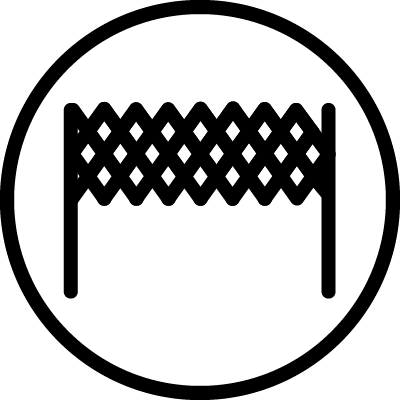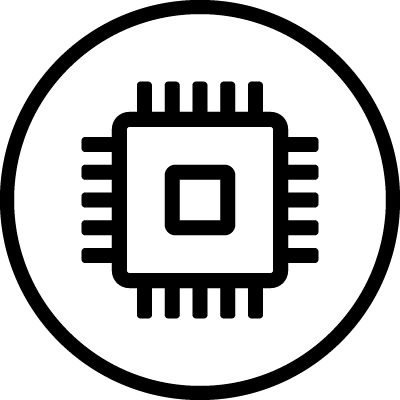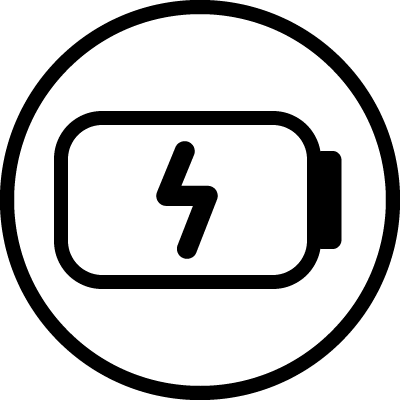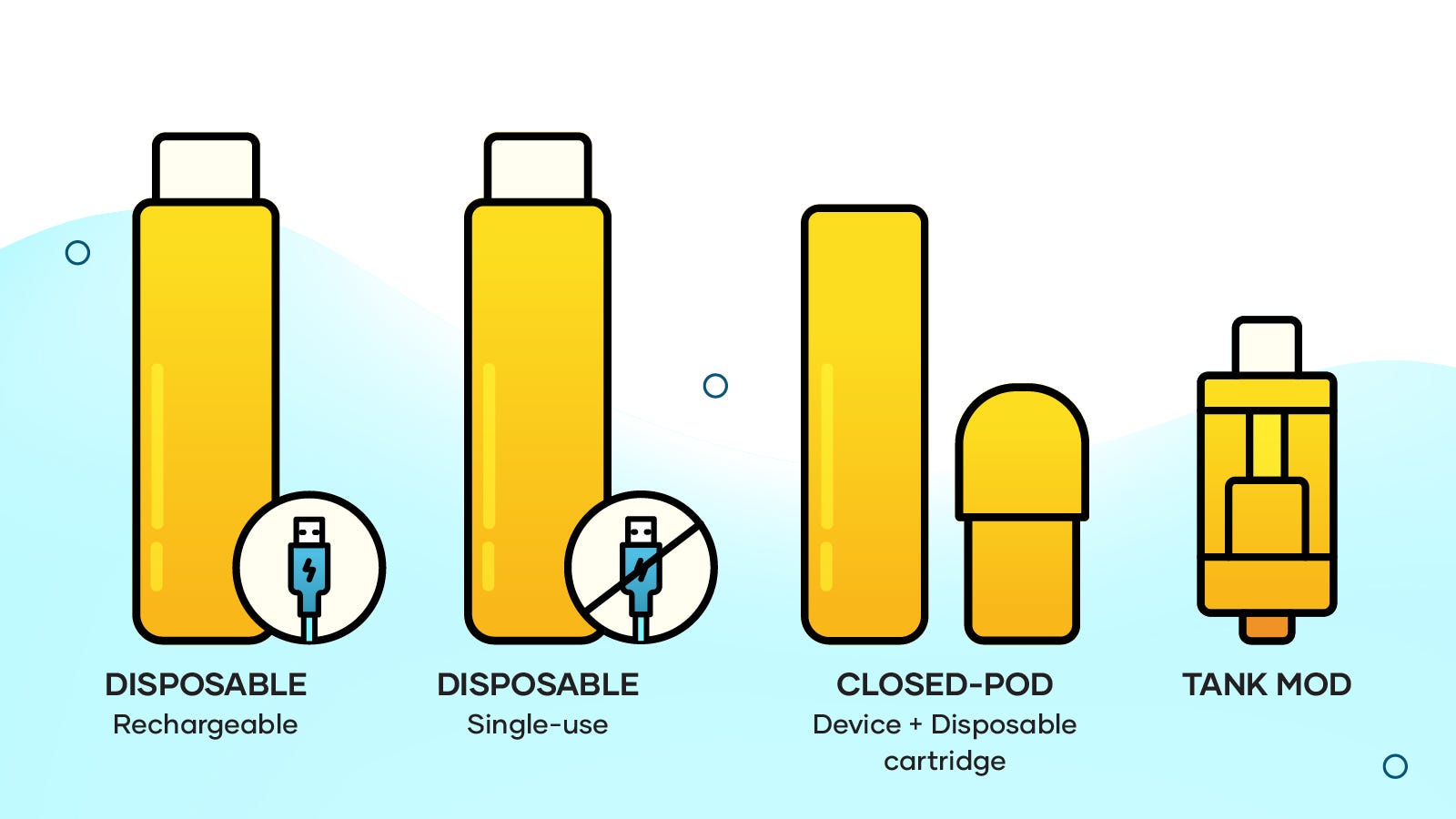

What You Need to Know When Choosing a Quality Vape
When bringing new products into your store, you should consider multiple factors besides pricing such as:
- Quality
- Device type
- Device features
- MLs
- Puff count
A quality product is a device that prioritizes form and function and consistent flavour delivery and performance over the course of its life. In this piece, we’ll provide you with some insights on how these features and pricing structures contribute to how vaping products are positioned – giving you some insight on what to look for in making an informed decision.
What determines performance?
Factors such as milliliters (mLs) and device features contribute to the total puff performance of the device. Each device is built differently and prioritizes different features such as:


Airflow chamber: determines the range of closed to open airflow – which is usually customizable on the device. The more the airflow opens, the more vapor the device can pull. Larger pulls equate to larger puffs, resulting in faster mL consumption.


Coil-type: conducts the e-liquid within the vaping device. Coils are built with metals such as kanthal, nichrome, stainless steel, nickel, and titanium. The type of metal and design of the coil will contribute to the vapor output of the device. High-quality vaping products are typically built with mesh coils.


Microprocessor: regulates the wattage, output, and energy consumption of the device. Typically, disposable devices have a preset output, while tank mod systems are more customizable. This can vary across device types and presets.


Battery size: determines the efficiency and energy usage of the device. Larger batteries are more efficient with vapor output and total puff count.
Depending on what features the device prioritizes, each device will have a different total output of puffs.
What is puff count?
The industry standard for measuring a device’s longevity is through puff count. A puff count refers to the total number of estimated puffs the device can reach. For example, if a disposable vape has a puff count of 1600, the device has been tested internally to provide close to 1600 puffs.
Internalized puff standards are usually set to repeating intervals consistently over the course of the test. This puff test will differ from consumer performance – as consumers will vary in puff time, consistency, and testing conditions.
Rechargeable vs. Non-Rechargeable Devices:
To get the most out of your vaping product, you should consider if your device is rechargeable. Most vaping devices are either sold as rechargeable or for single-use.
For example, some disposable devices may be designed for single-use while others are rechargeable via USB. Closed-pod systems may utilize a rechargeable body but a disposable cartridge. Tank mod systems that utilize e-liquid will typically all be rechargeable.


Vape Pricing:
Vape pricing is one dimension for positioning vape products within the market. As we’ve discussed, vape features and total mLs are contributing factors manufacturers select when placing their brand in the market.
In most situations, vaping devices are measured by and priced by the total amount of milliliters it contains. Disposable vapes, closed pods, and bottle products are filled with e-liquid. All devices that contain e-liquid must display the total milliliters within the product on its label.
In this section, we’ll discuss how pricing operates as a function of external tax policy. We’ll discuss what the Excise Tax is and how the tax breaks down by milliliters.
What is the Excise Tax?
The Excise Tax applies to vaping products containing e-substance in liquid form (mL) or solid form (mg). Vaping hardware, accessories, and paraphernalia remain unaffected by this tax.
The tax is applied Federally & Provincially, currently in effect provincially in Ontario, Quebec, Northwest Territories and Nunavut.
Effective November 6, 2024, five new provinces—New Brunswick, Manitoba, Prince Edward Island, Alberta, and Yukon—will join the coordinated vaping duty system, which applies taxes on vaping products containing e-substance. These changes include updates to stamping requirements and transitional rules.
Effective April 1, 2025:
All vaping products sold in these provinces must carry a province-specific excise stamp.
How is e-substance taxed: in Liquid Form
The excise tax is applied proportionately based on the amount of e-substance within the product. Below is the updated breakdown of the combined Federal and Provincial Excise Taxes for products sold in the affected provinces:
| Tier (mL) | Federal Tax | Provincial Tax | Total Tax |
| 0.1mL to 2mL | $1.12 | $1.12 | $2.24 |
| 2.1mL to 4mL | $2.24 | $2.24 | $4.48 |
| 4.1mL to 6mL | $3.36 | $3.36 | $6.72 |
| 6.1mL to 8mL | $4.48 | $4.48 | $8.96 |
| 8.1mL to 10mL | $5.60 | $5.60 | $11.20 |
| 10.1mL to 20mL | $6.72 | $6.72 | $13.44 |
| 20.1mL to 30mL | $7.84 | $7.84 | $15.68 |
| 30.1mL to 40mL | $8.96 | $8.96 | $17.92 |
| 40.1mL to 50mL | $10.08 | $10.08 | $20.16 |
| 50.1mL to 60mL | $11.20 | $11.20 | $22.40 |


Many factors contribute to device pricing: some factors are determined internally by the vape manufacturer, while others are externally imposed by the Canadian Government.
There is a multitude of factors that contribute to a quality product, ultimately, the best way to determine quality is to work with brands you trust and have a transparent relationship with.
You should now have a better understanding of what contributes to the vape pricing, how puff counts are measured, and how different devices prioritize features.
*This information was updated in February 2023 and may be subject to change.

